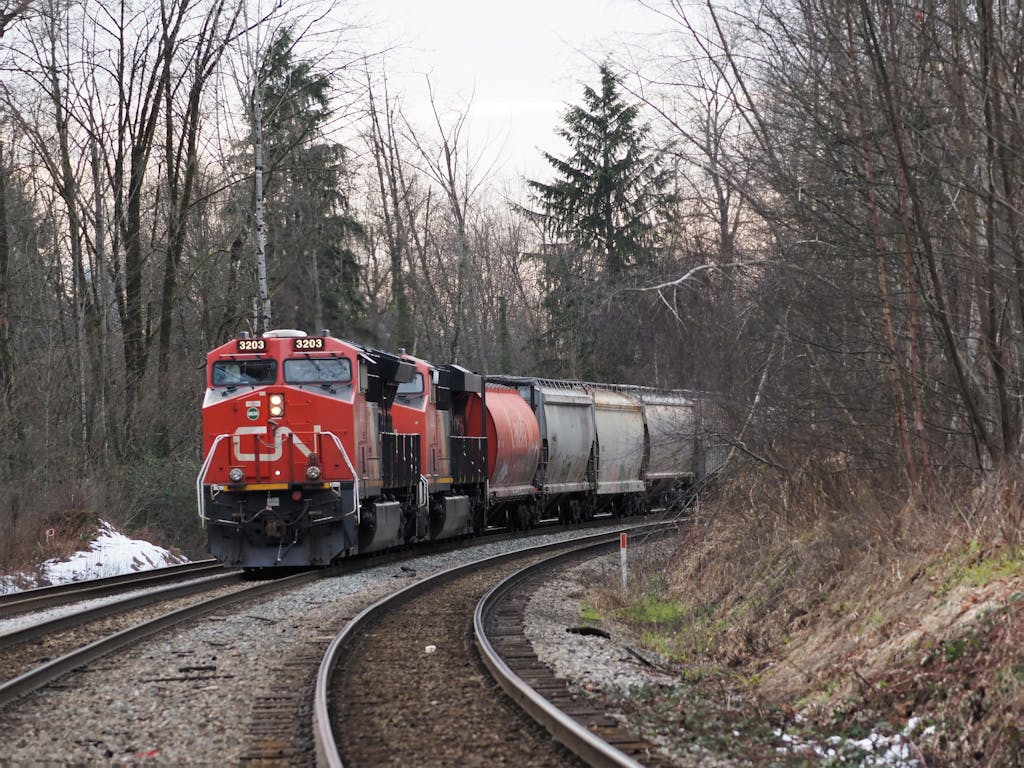2023 is shaping up to be a dry year and consequently won’t be a bin buster.
That’s according to agricultural consultant Kevin Hursh, who says where he farms in the Cabri area of southwest Saskatchewan it’s dry.
“Things are going backwards quickly in my part of the world,” Hursh said. “Increasingly there’s a lot of crops, especially the early-seeded cereals that are just drying right up. There are fields where producers are wondering whether they will even see a combine at this point.”
He also said later seeded crops may fare no better unless the weather pattern changes. The dry conditions are not just limited to parts of Saskatchewan, but in several areas of Alberta and Manitoba.
“Southern Alberta has gotten a lot of weather stress and rain stress, and Manitoba – traditionally not a dry area – is running way drier than normal,” Hursh added.
“Talking with some producers out there crop prospects don’t look overly bright either. There are some areas doing very well, I think the Regina area looks quite promising when you look at percent of average precipitation they look like they’re very good, but there’s a lot of areas that look poor, and overall I just can’t see how this is going to turn around enough to turn what looks like a worrisome situation into a happy story when you look at prairie production overall.” he continued.
When looking at Agriculture and Agri-Food Canada’s maps of normal precipitation since June or September, Hursh said either one can tell a different story.
He says based on September 1, 2022 to June 19, 2023, most of Saskatchewan is below average – between 60 to 85 percent of normal precipitation – while central and southern Alberta, and most of Manitoba, are at 40 to 60 percent of normal. He says areas with around normal precipitation, which is the 85 to 115 percent category, include the Regina area, an area north of Saskatoon, and an area stretching from south of Edmonton and northwest towards Peace River.
Based on April 1 to June 19, Saskatchewan looks much better, according to Hursh, as much of the province is in the normal category with the Regina area above normal at 115 to 150 percent. Some areas of Manitoba are below 40 percent of normal for that timeframe, as well as southern Alberta, and areas south and west from Calgary. He adds west and north of Edmonton has areas with 150 to 200 per cent of normal precipitation since April 1.
Grasshoppers are another problem Hursh mentioned for the growing season, as he believes the grasshopper forecast map, made last fall, “drastically underestimated the infestation potential.”
“They’ve taken a bite out of production,” Hursh said of the grasshoppers, adding producers in the southwest have sprayed insecticide multiple times in their fields, but grasshoppers are still making their way onto the edges of crops.
Hursh concludes it is not going to be a record production year, which “has implications for logistics and crop prices.”
“For instance a lot of durum that comes out of southwest Saskatchewan and southern Alberta. If I was sitting at Regina with a good-looking durum crop, I might surmise that durum overall is going to be relatively (in) short-supply and prices may go up because on a crop like durum, Canadian production is a big part of the export total in the world, and we influence world prices.” he explained. “The way things are going there may be upward price momentum.”
Hear the full interview with Kevin Hursh below.



